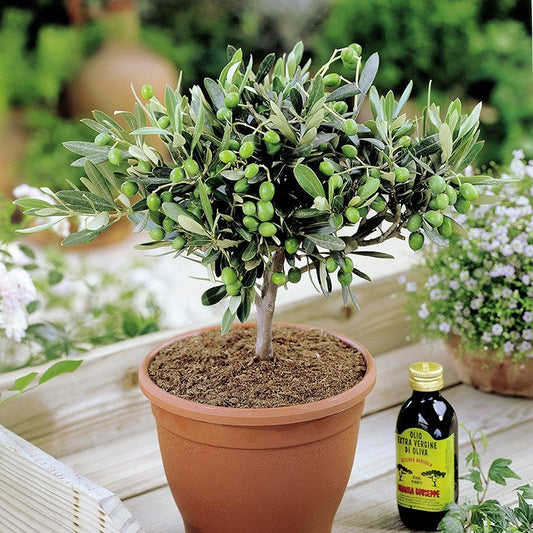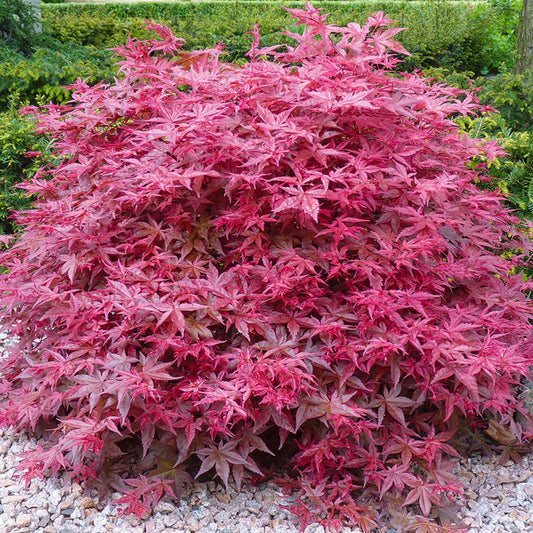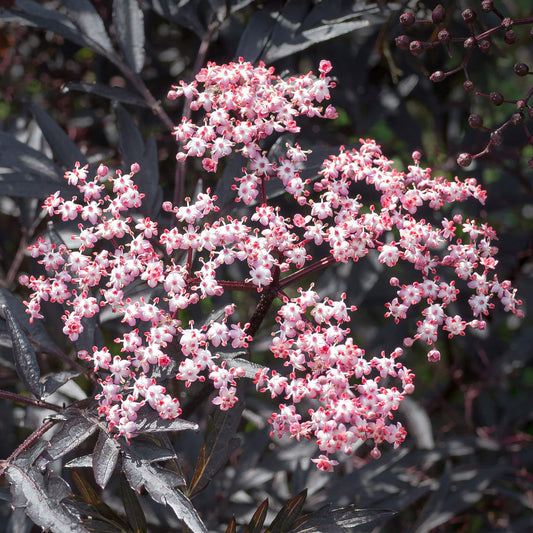Product description
Juglans Regia, commonly know as the Walnut tree, is a deciduous fruit tree, with green, pinnate leaves. In early spring, yellow-green catkins begin to bloom, continuing until early summer, before fruits begin to grow and ripen. Fruits emerge green, and the first crop will usually be when the tree is around 4-5 years old.
Walnuts generally ripen in autumn, although they can have a chewy texture when eaten straight after picking. They are best eaten dried out after removing the casing, when they can be eaten alone or used in a variety of different dishes and recipes.
Please Note: Images are for illustrative purposes only and designed to be a representation of the item(s) being sold. Depending on seasonality, deciduous plants may be supplied in their dormant state and without leaves. Plants may also be pruned back, lower than stated heights, to encourage new growth.
Plant specs, care guide & tips
Key features
Specifications
When to plant
| Jan | Feb | Mar | Apr | May | Jun | Jul | Aug | Sep | Oct | Nov | Dec |
|---|---|---|---|---|---|---|---|---|---|---|---|
Planting and period of interest times are general guidelines and may vary based on your location and conditions. For best results, consult local gardening resources.
Instructions
Top Tip
Prune Juglans trees in late winter to early spring while they are dormant, focusing on removing dead or crossed branches to maintain an open structure and good air circulation. Avoid heavy pruning, as this can stress the tree and reduce nut production. Apply a slow-release fertiliser in spring to encourage healthy growth and nut development. If planting multiple Juglans trees, consider wind-pollinated species to maximise nut yield and quality.
How to Water
Water Juglans trees deeply after planting and continue regularly during the first two years to establish a strong root system. Mature walnut trees are drought-tolerant but will benefit from additional watering during prolonged dry periods, particularly in their early growing season. Avoid overwatering, as these trees do not tolerate waterlogged conditions. Water in the morning to allow the soil to dry out by evening, minimising the risk of root diseases. For consistent soil moisture, consider adding a slow-release watering system during particularly dry seasons.
How to Plant
To plant Juglans, select a sunny spot with deep, well-draining soil, preferably loamy and neutral to slightly acidic. Prepare a hole twice as wide and the same depth as the root ball to encourage healthy root development. Soak the root ball in water before planting, then position the tree so that the graft or root collar is slightly above ground level. Backfill with soil, firm it down gently, and water thoroughly to settle the roots. Mulch around the base to retain moisture and suppress weeds, leaving a gap around the trunk to prevent rot. Ensure ample spacing of 6–10 metres to accommodate the tree's mature size.























